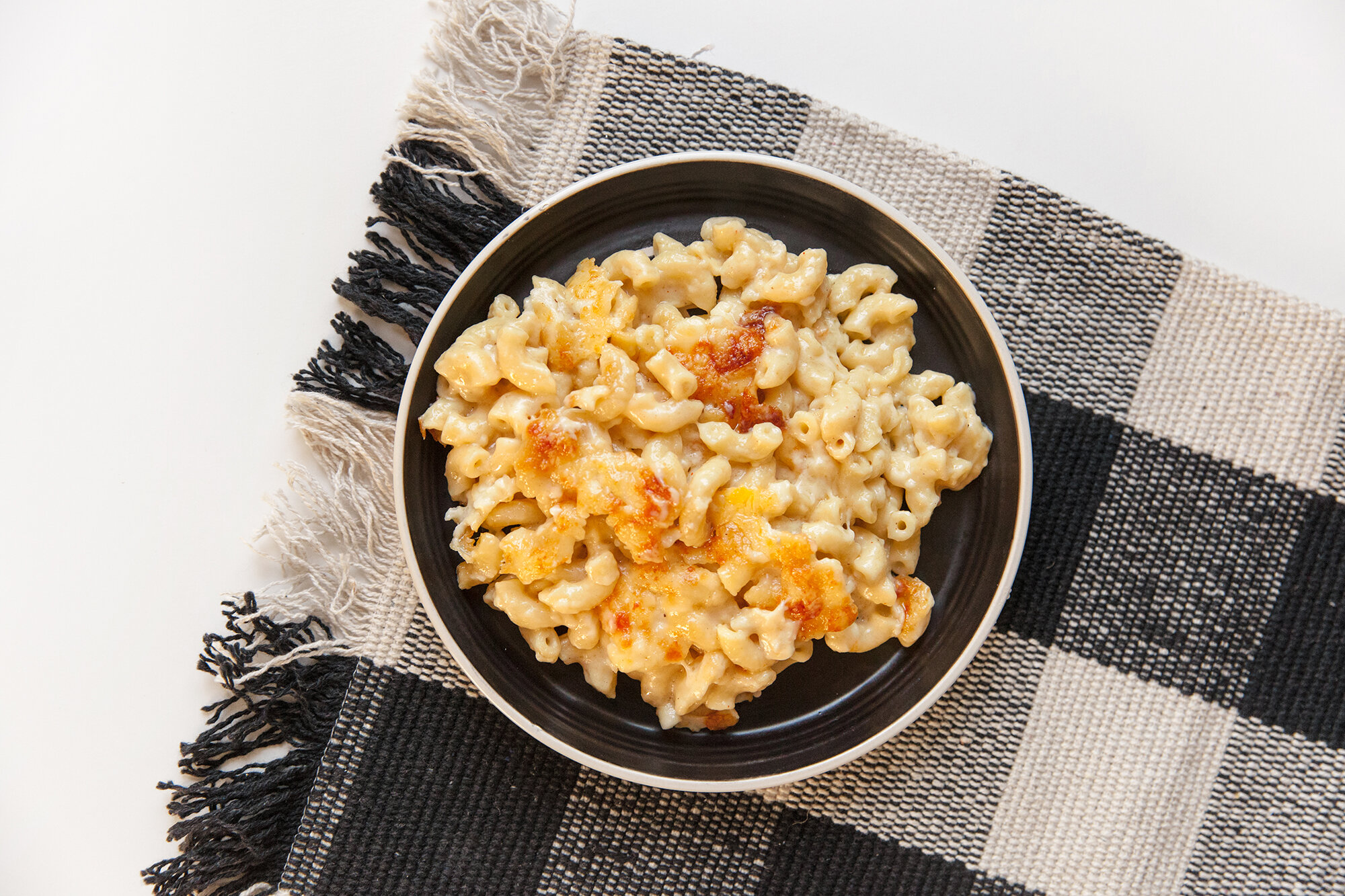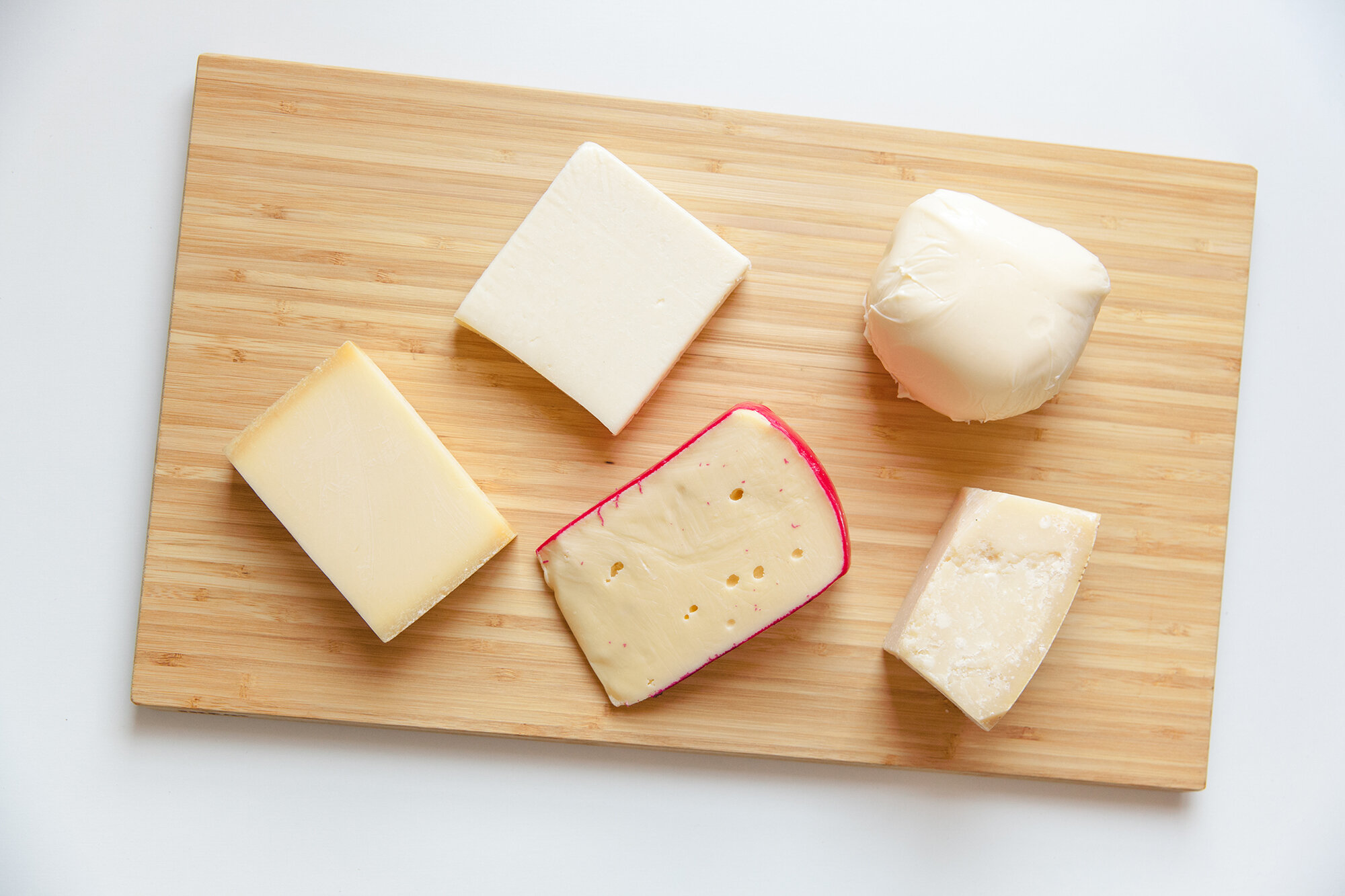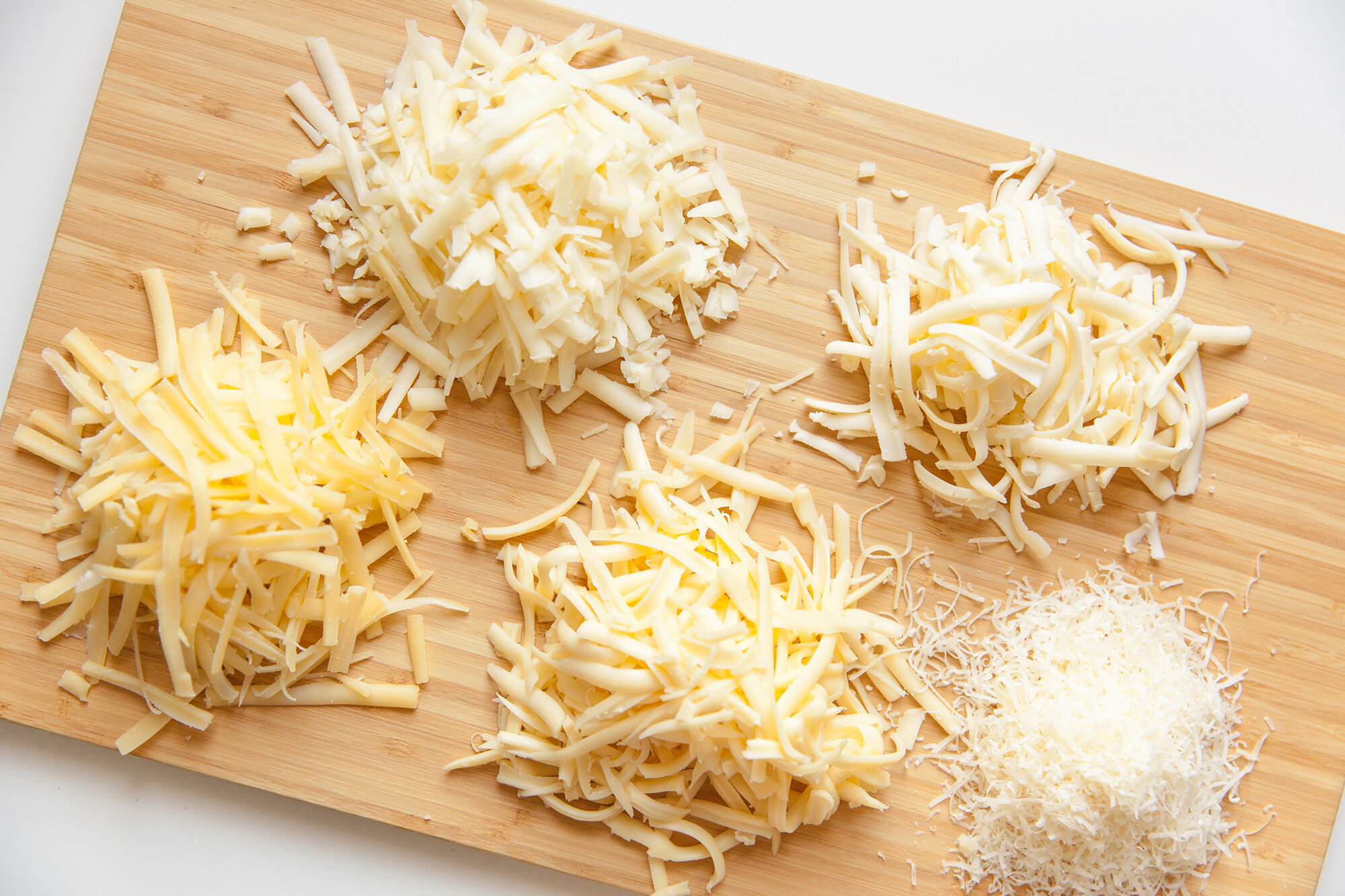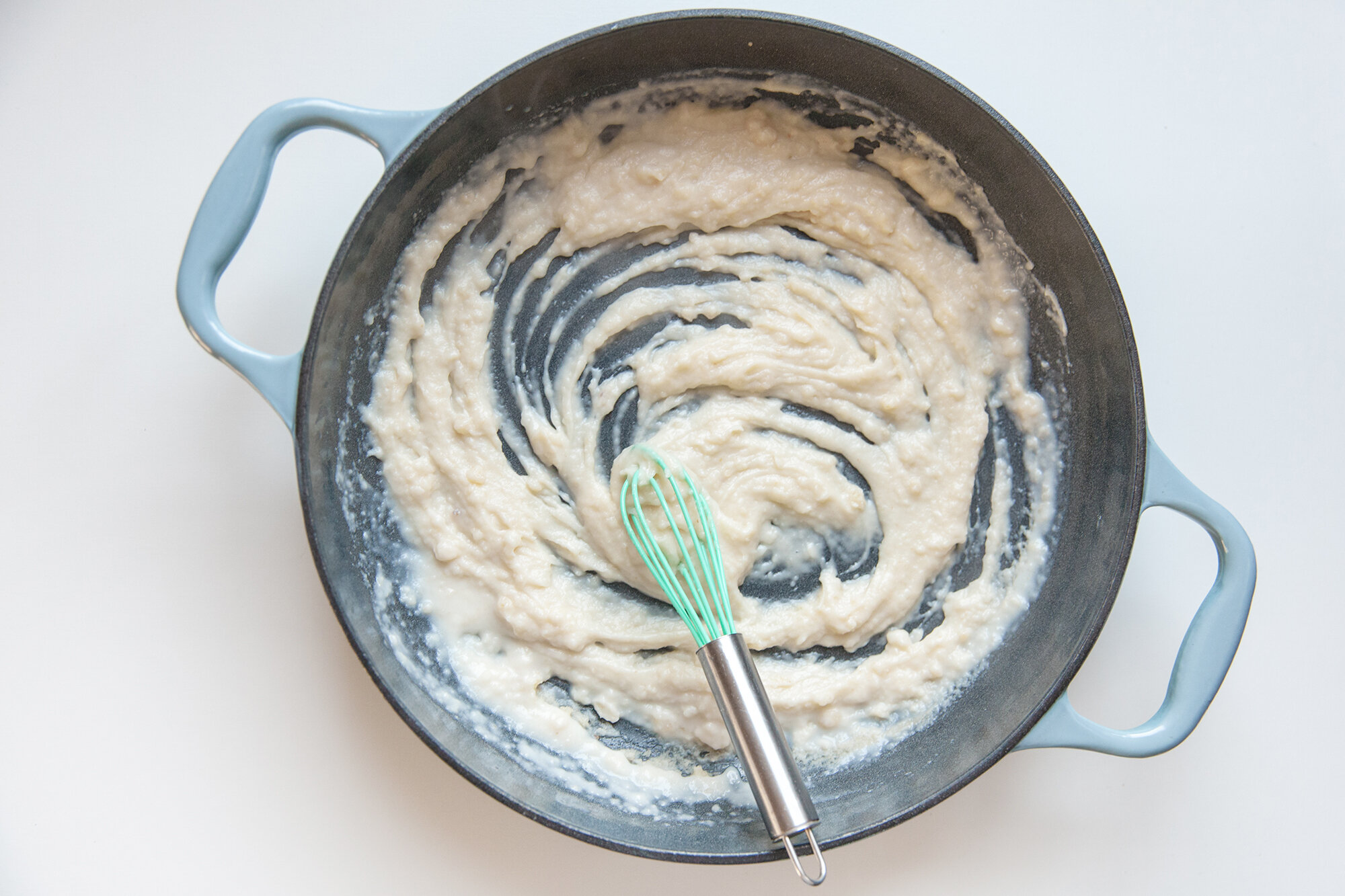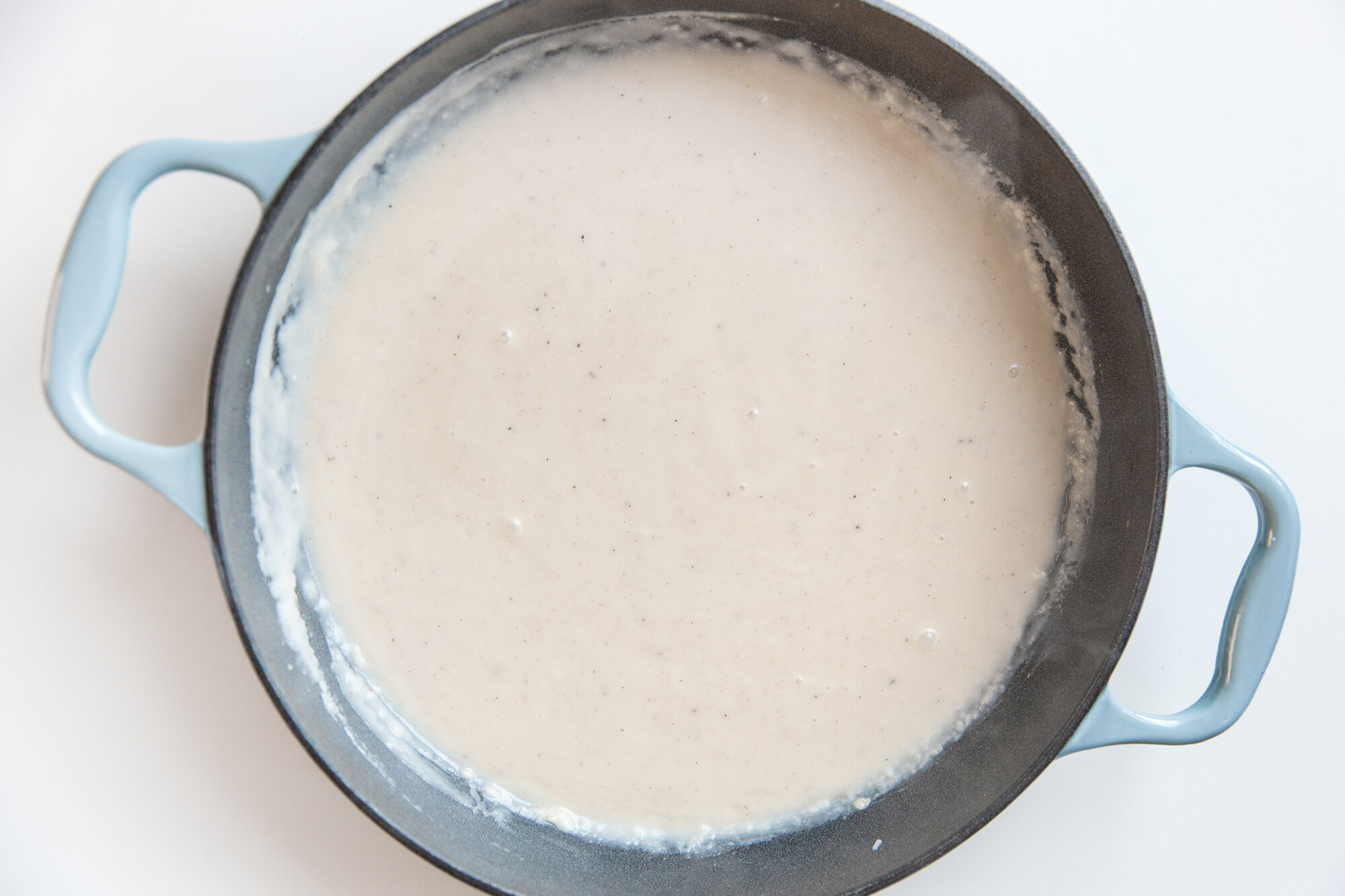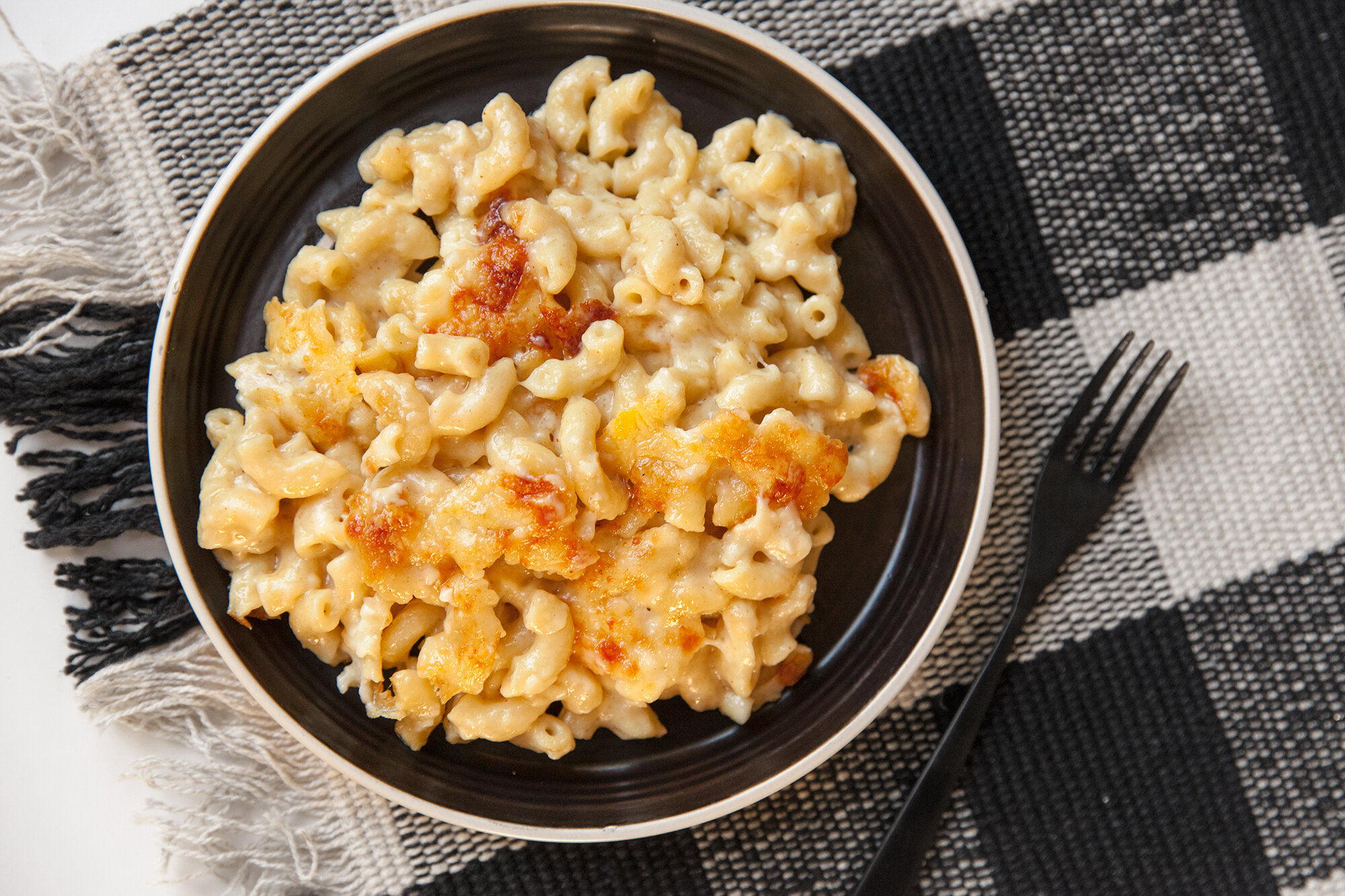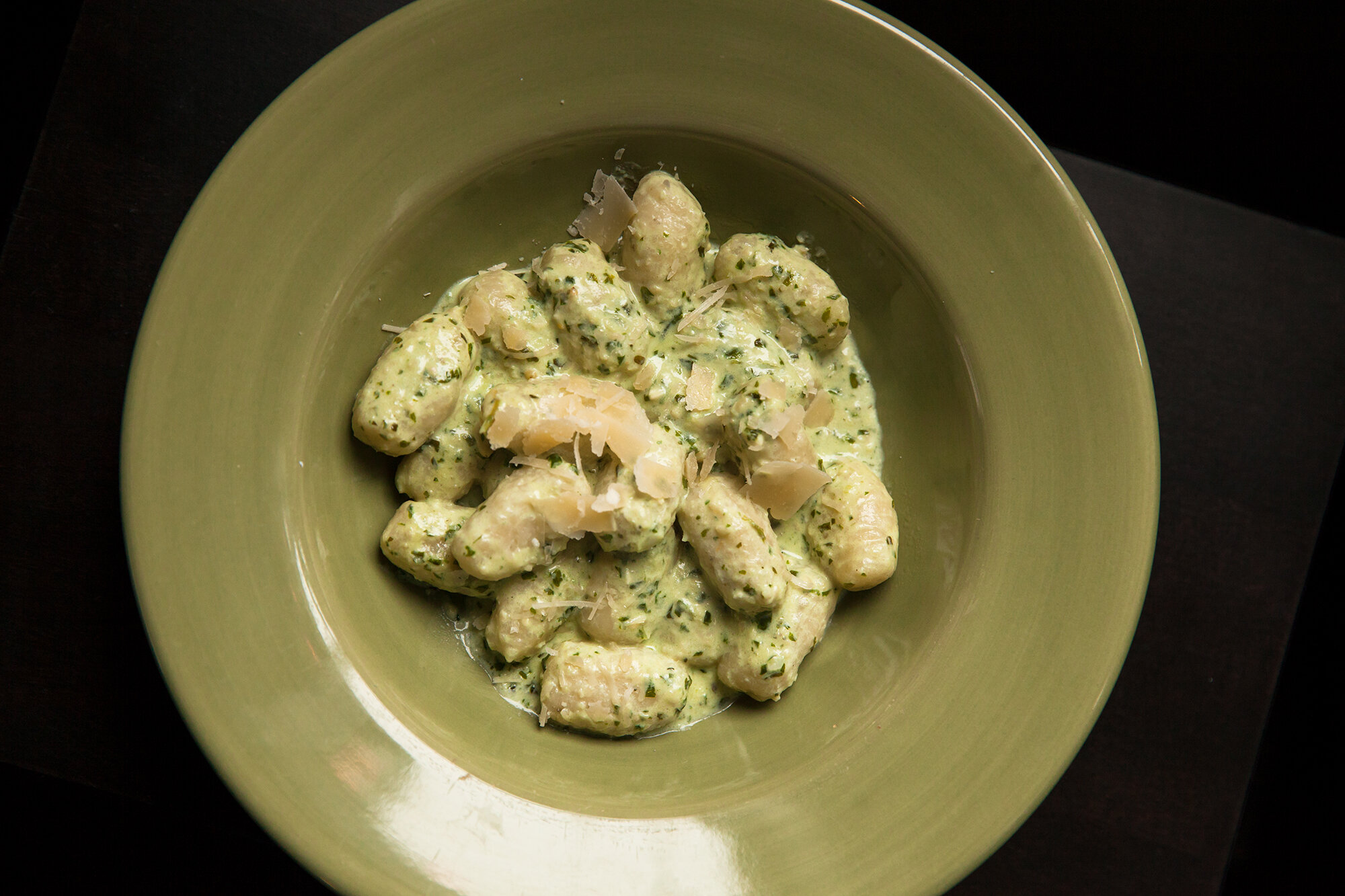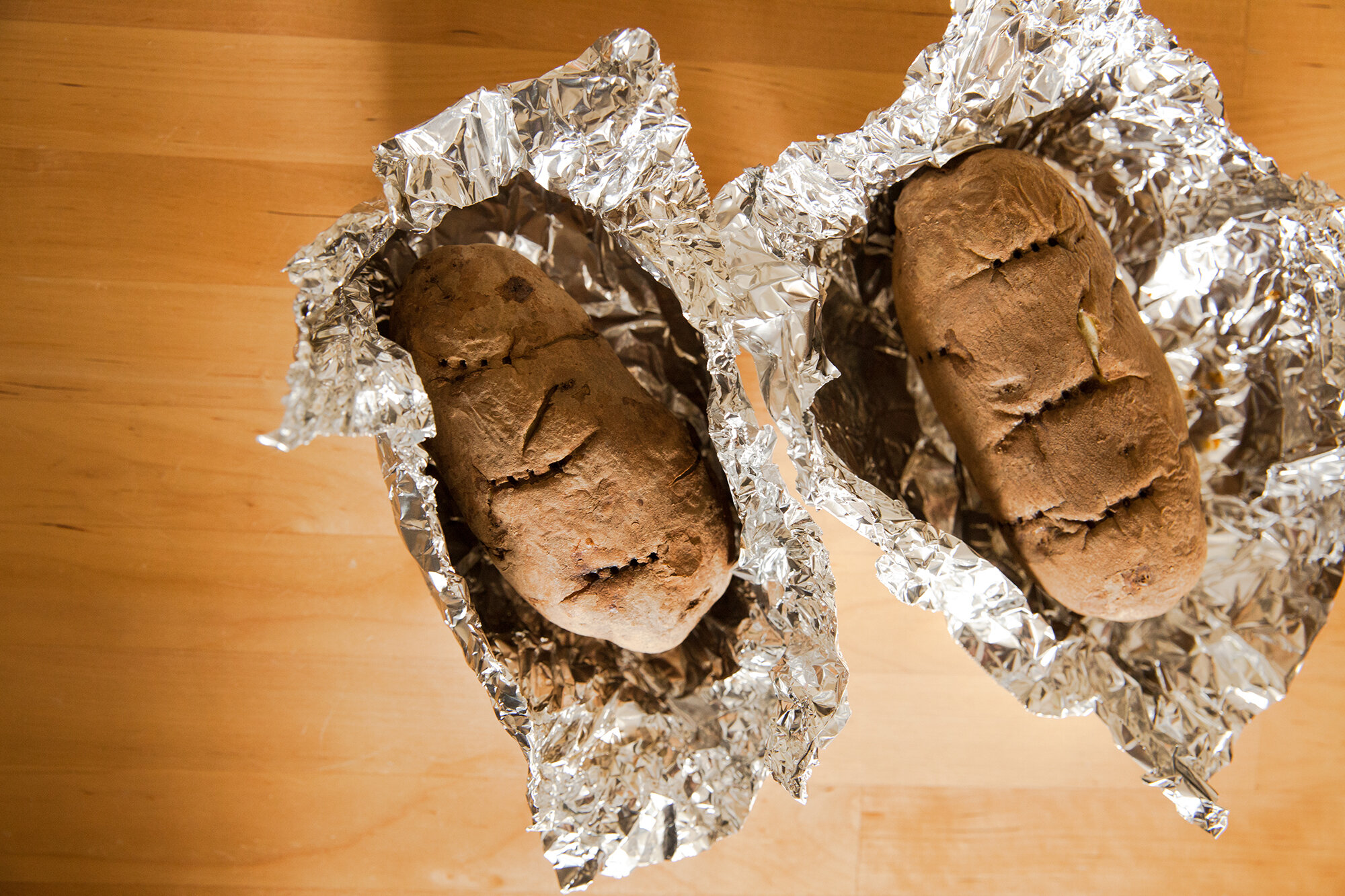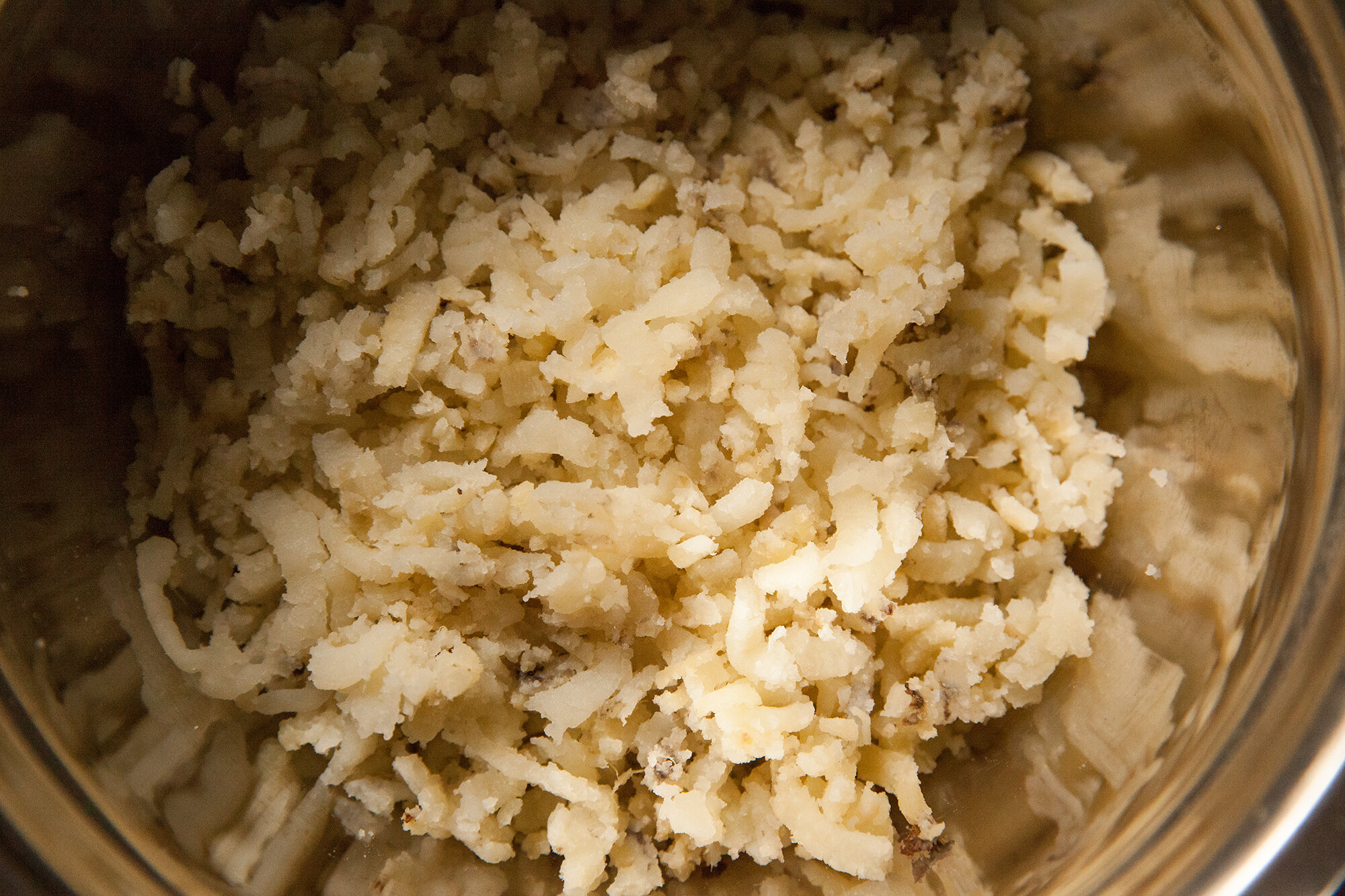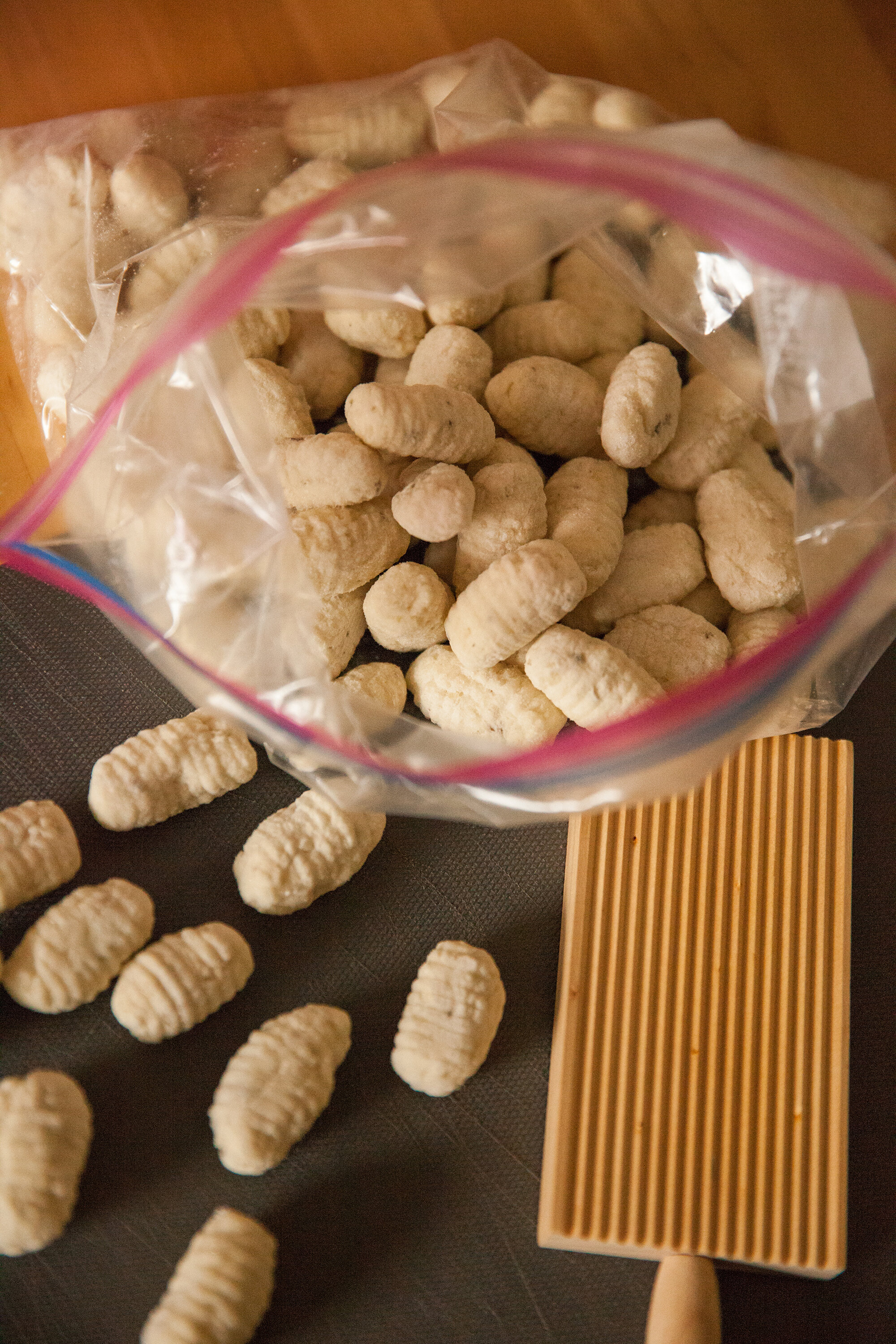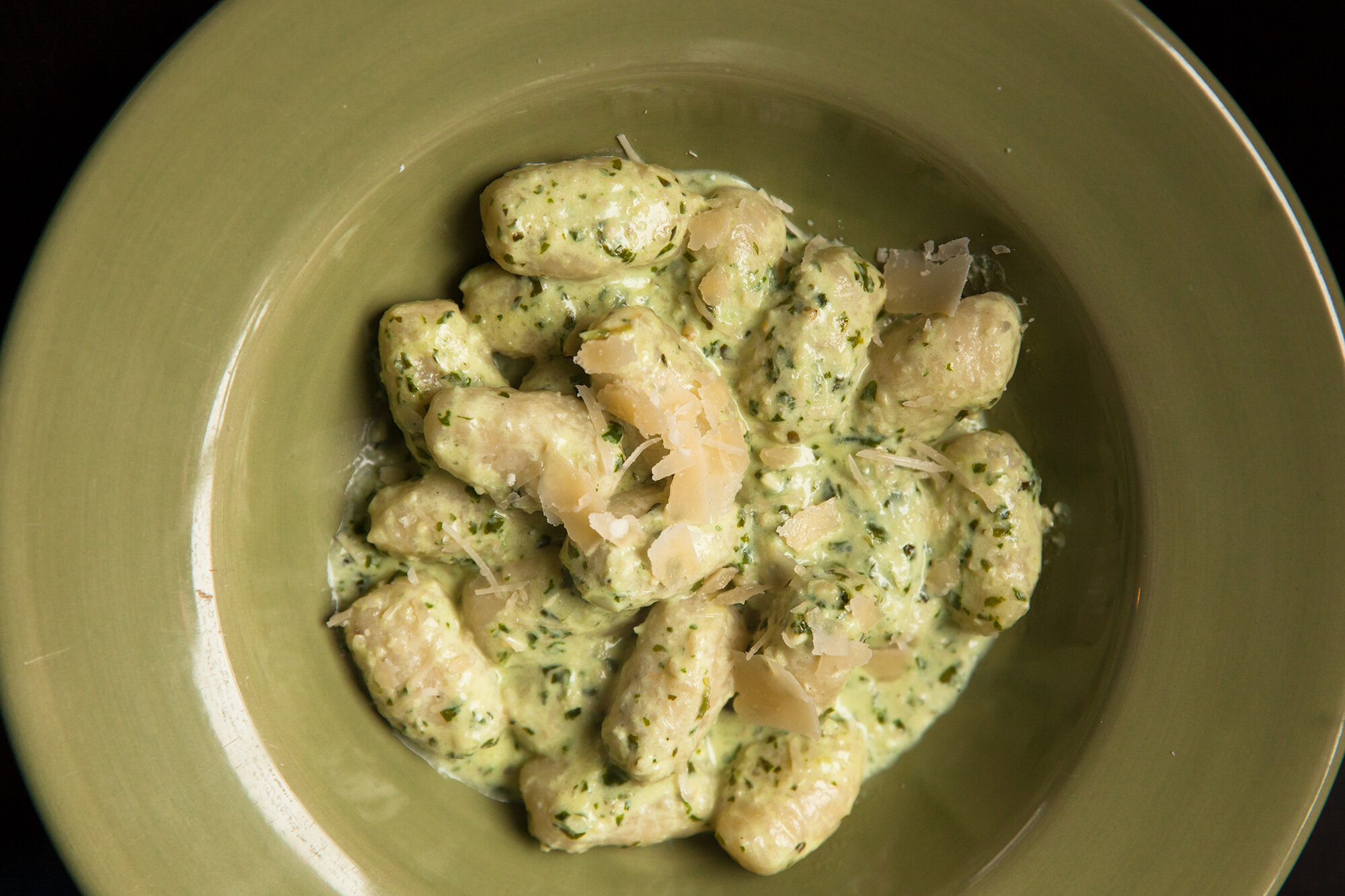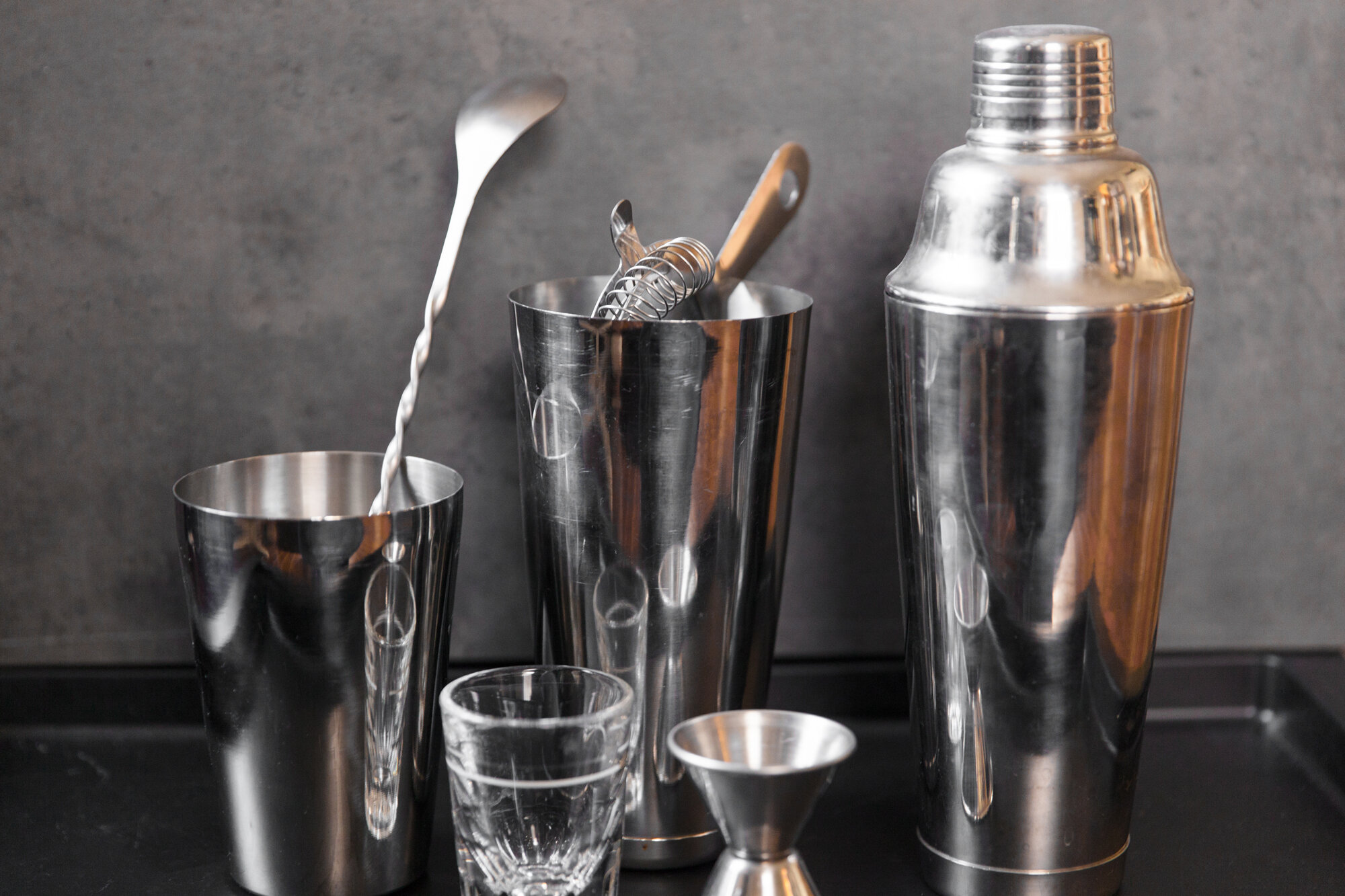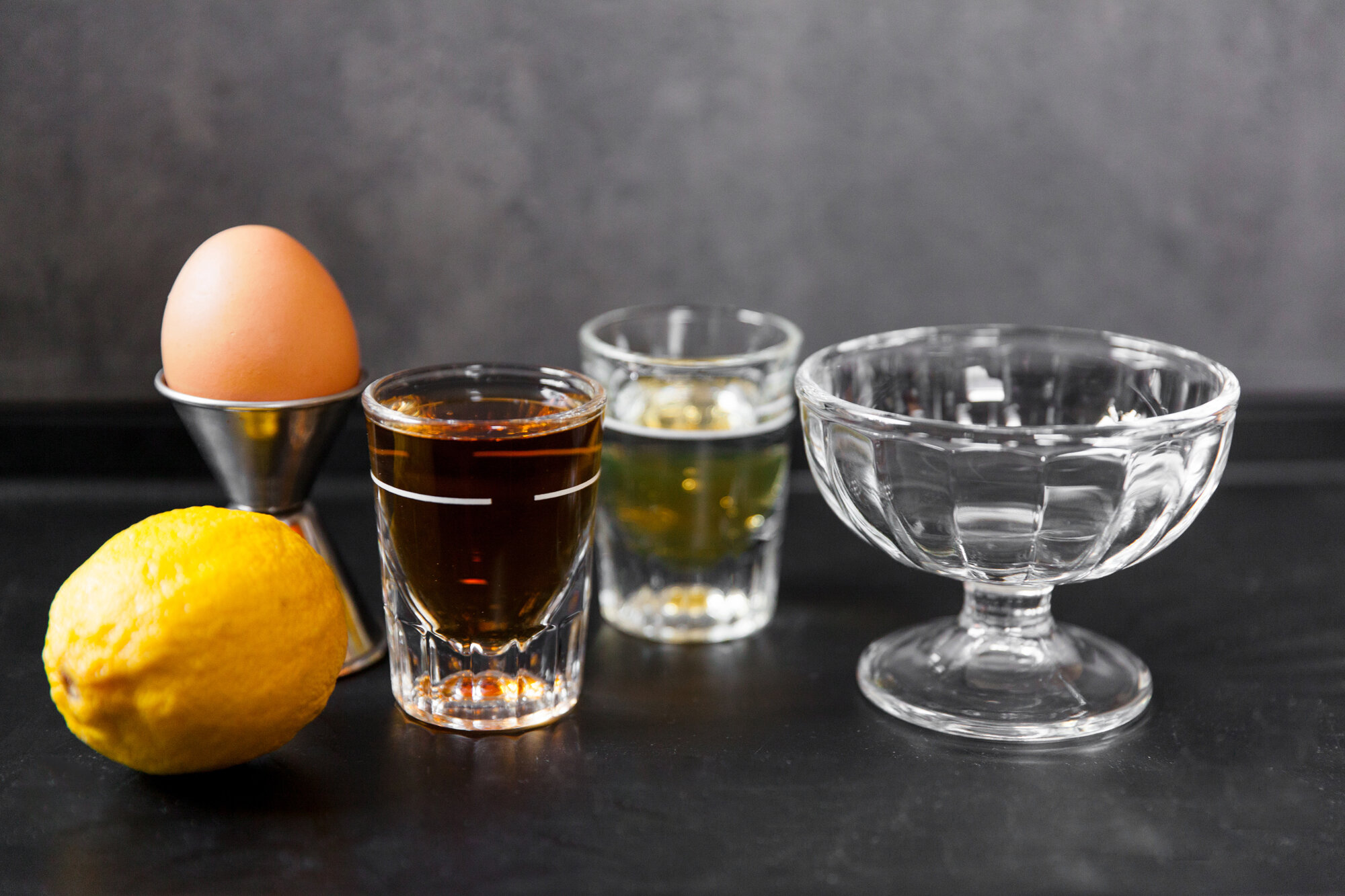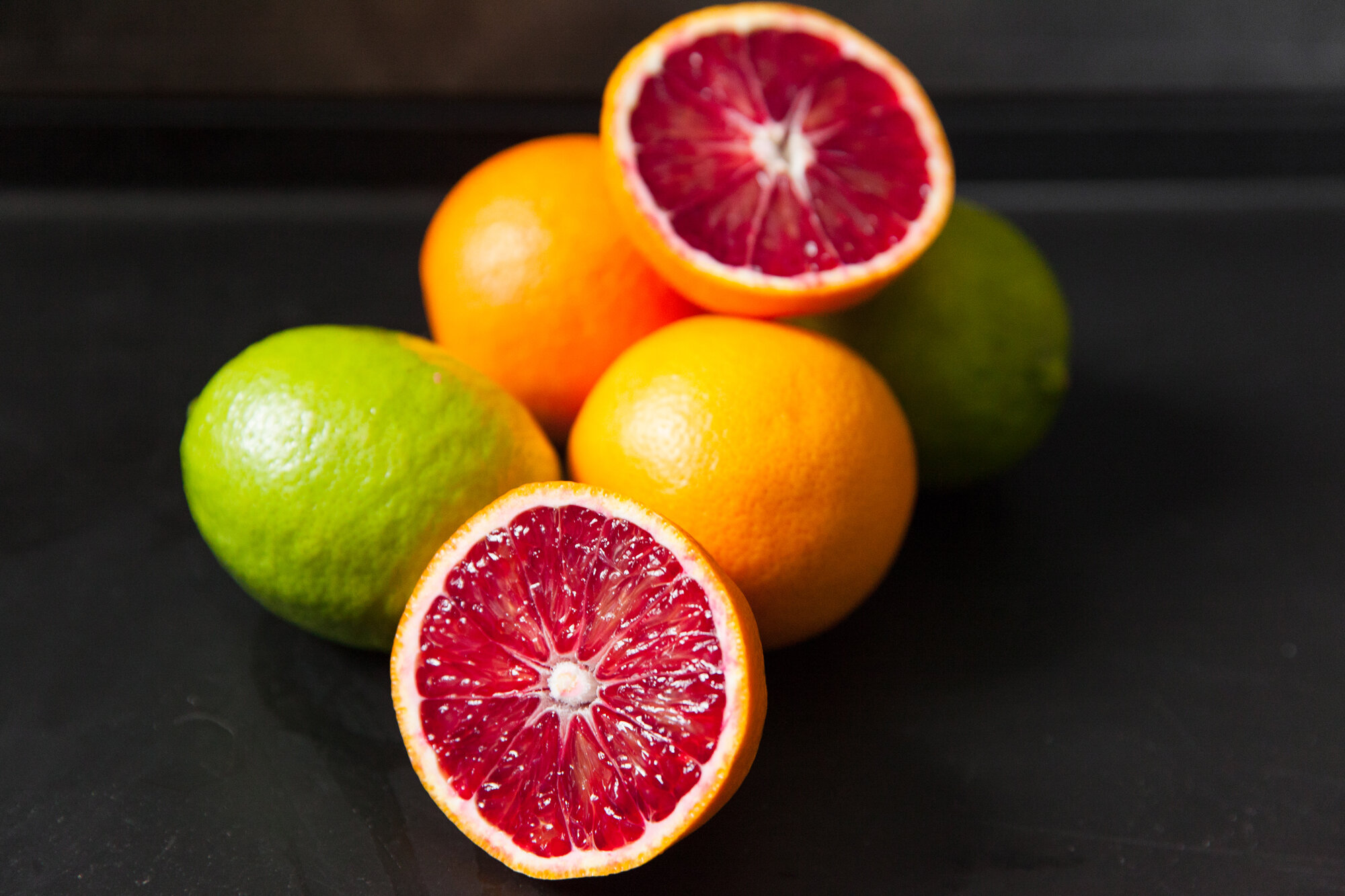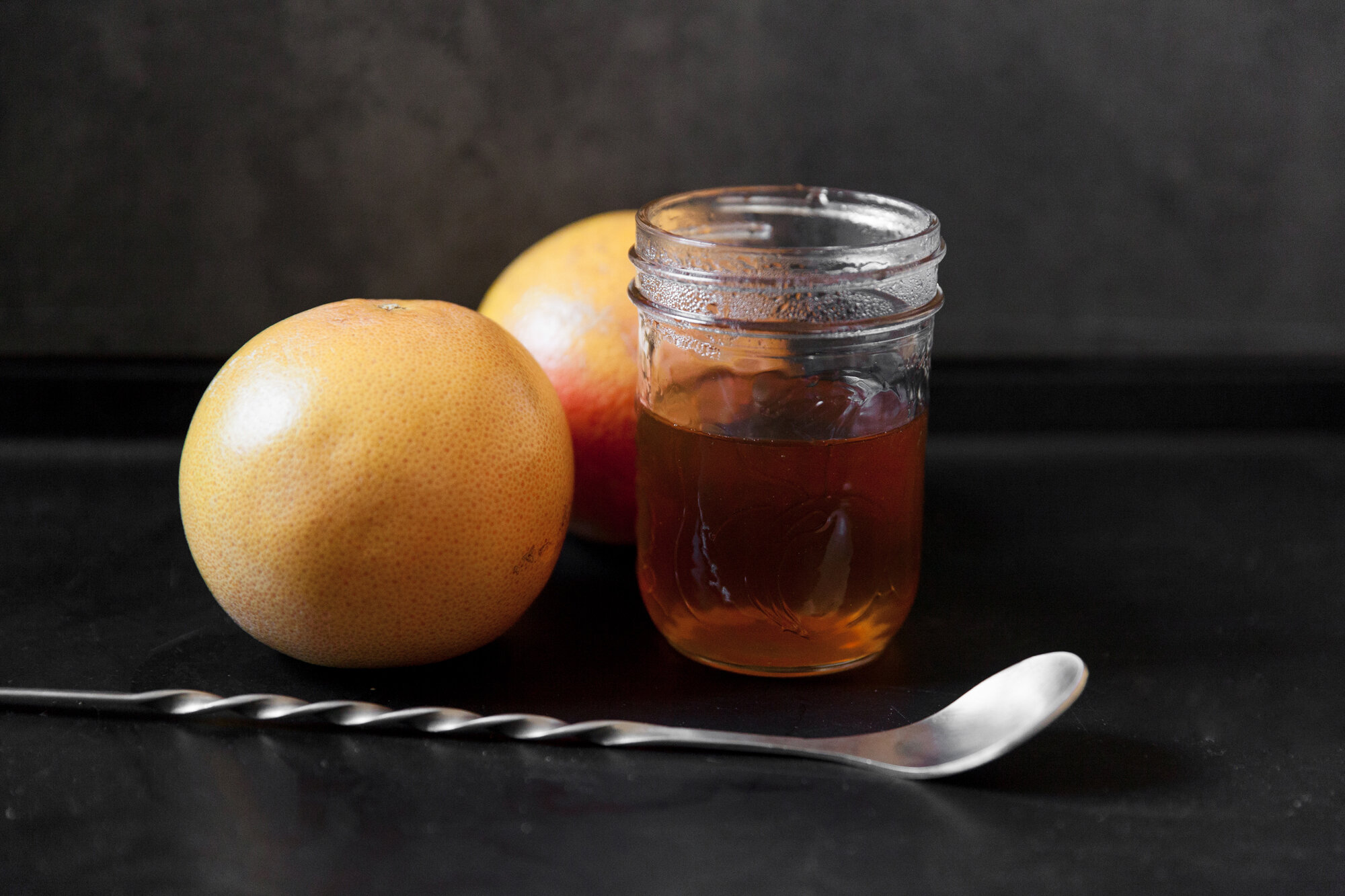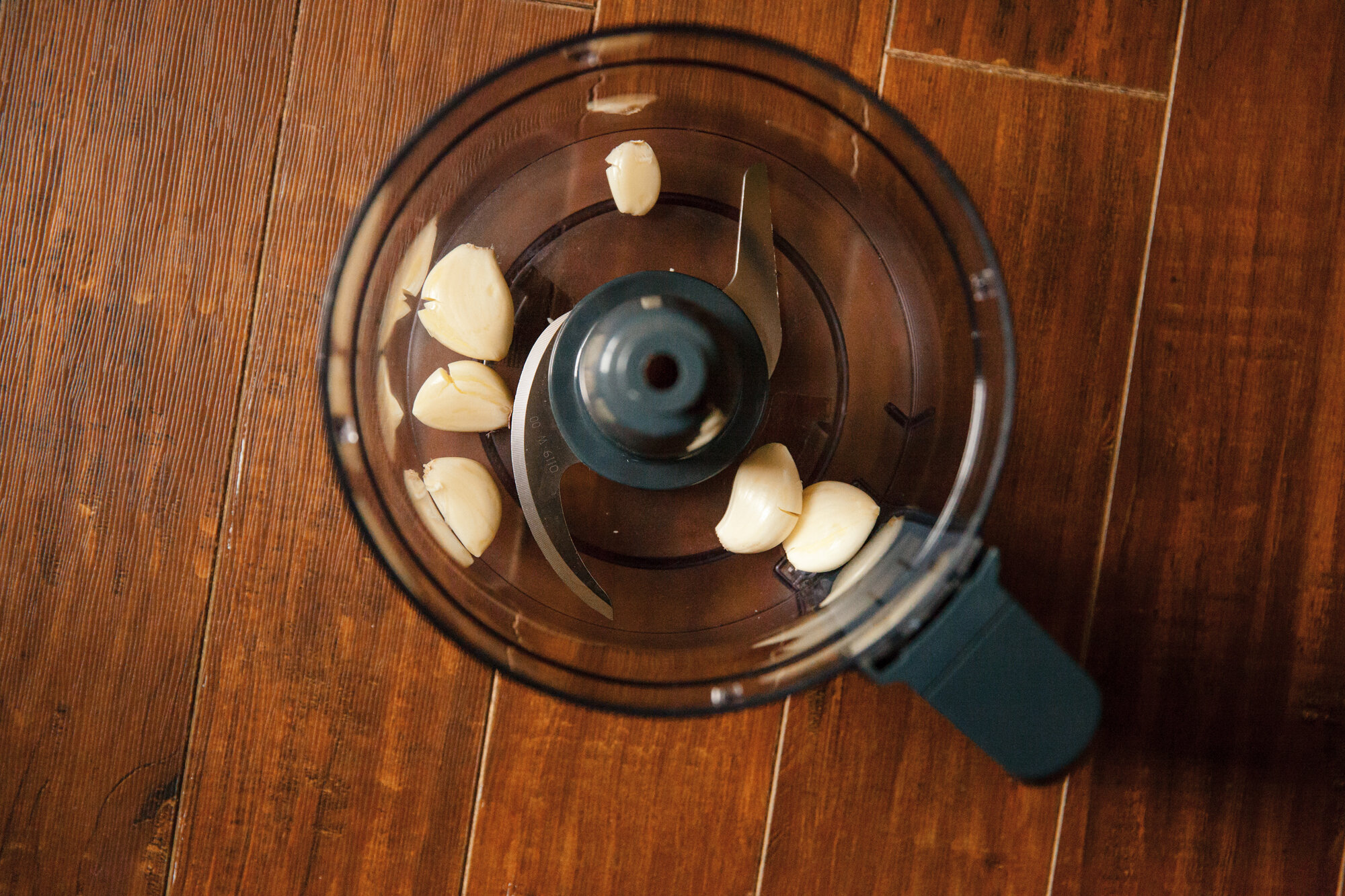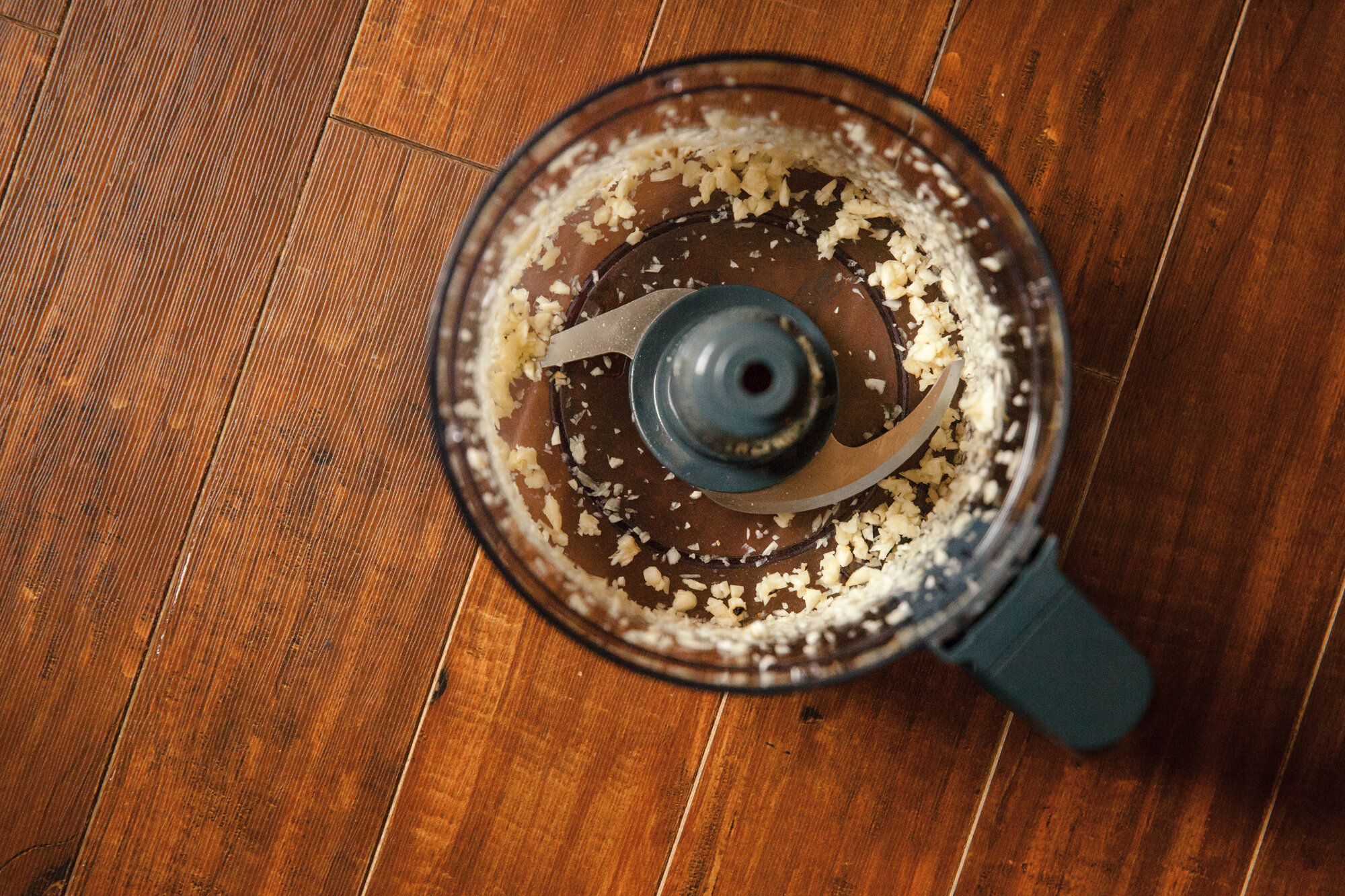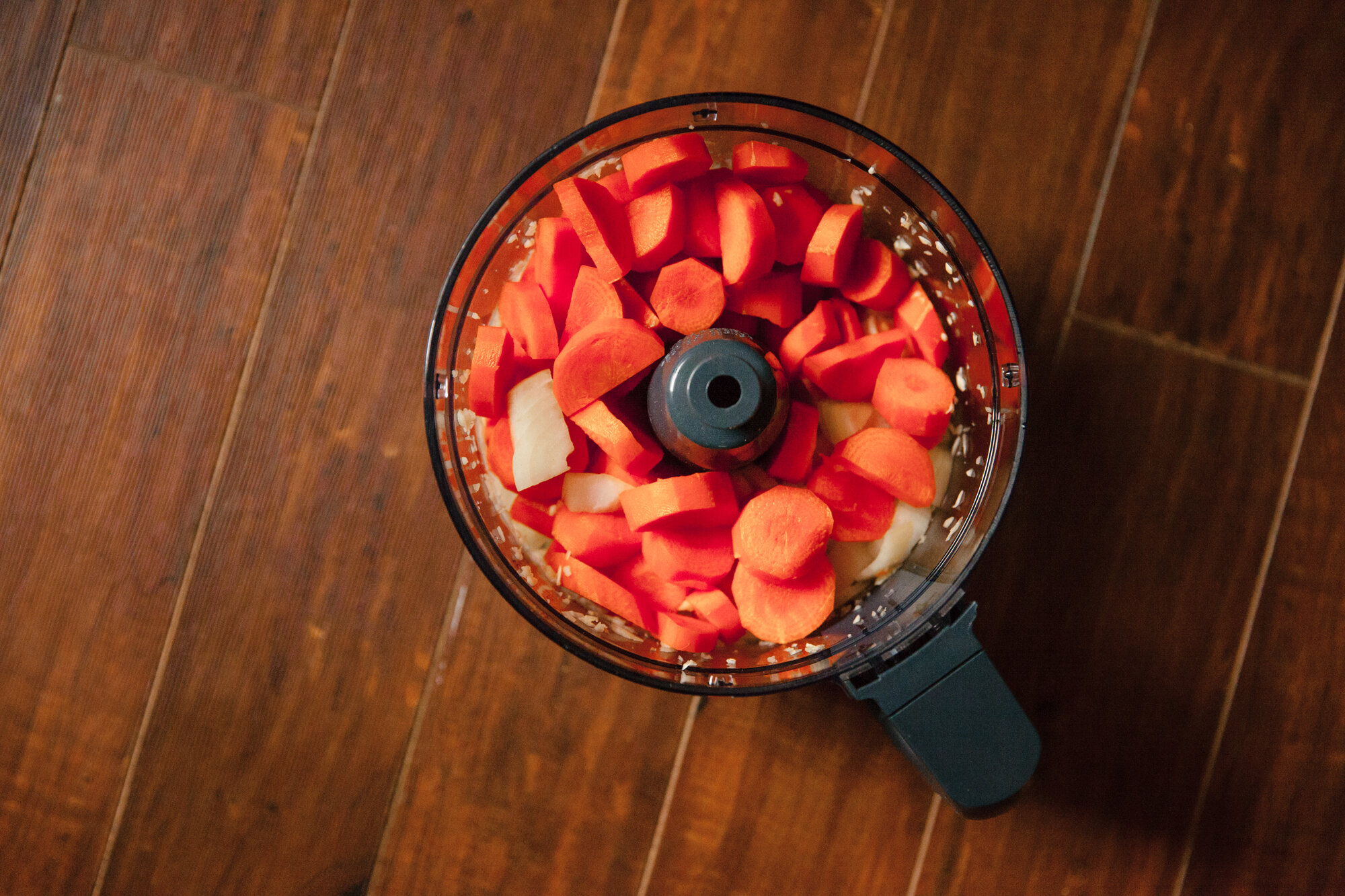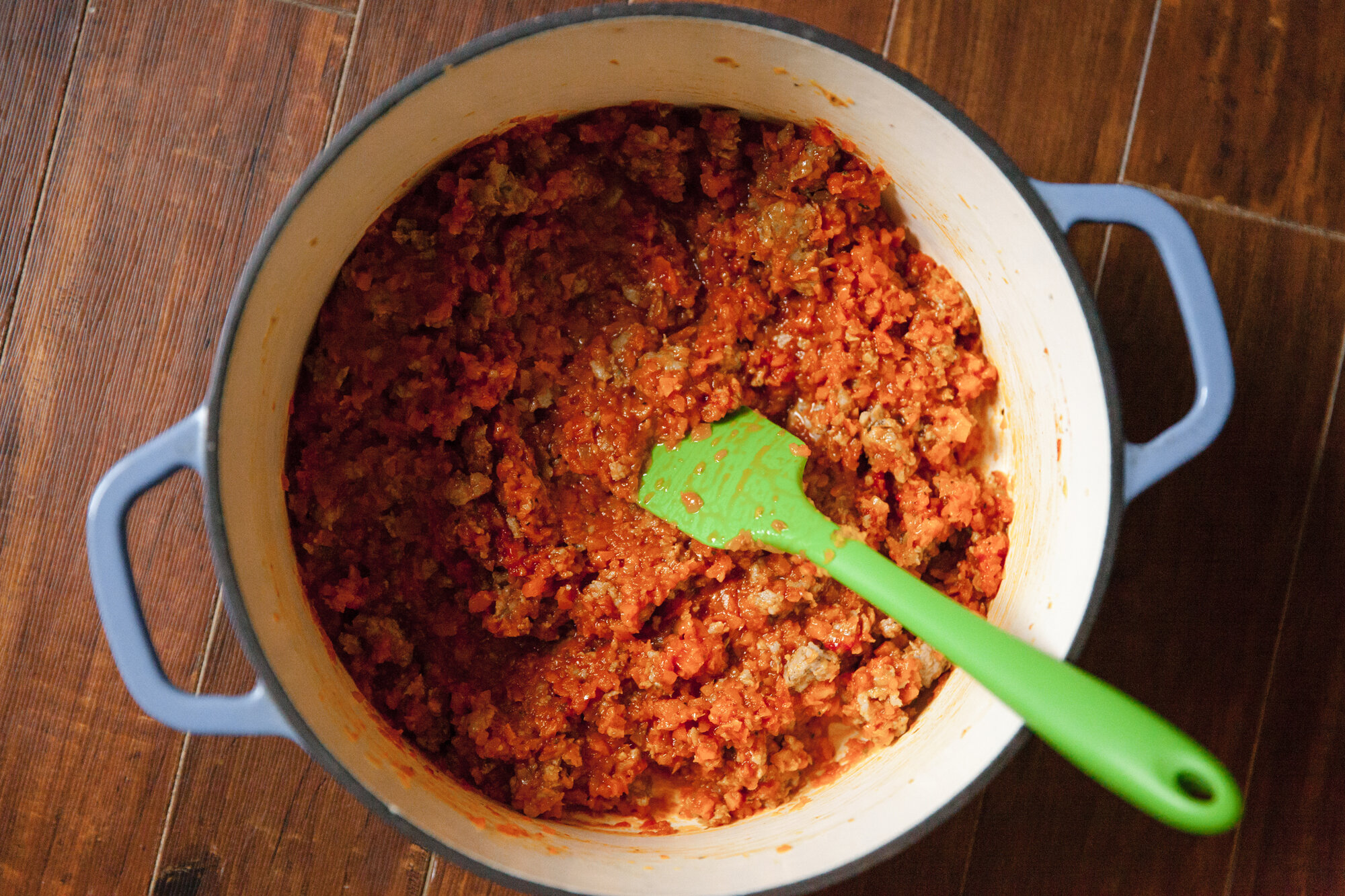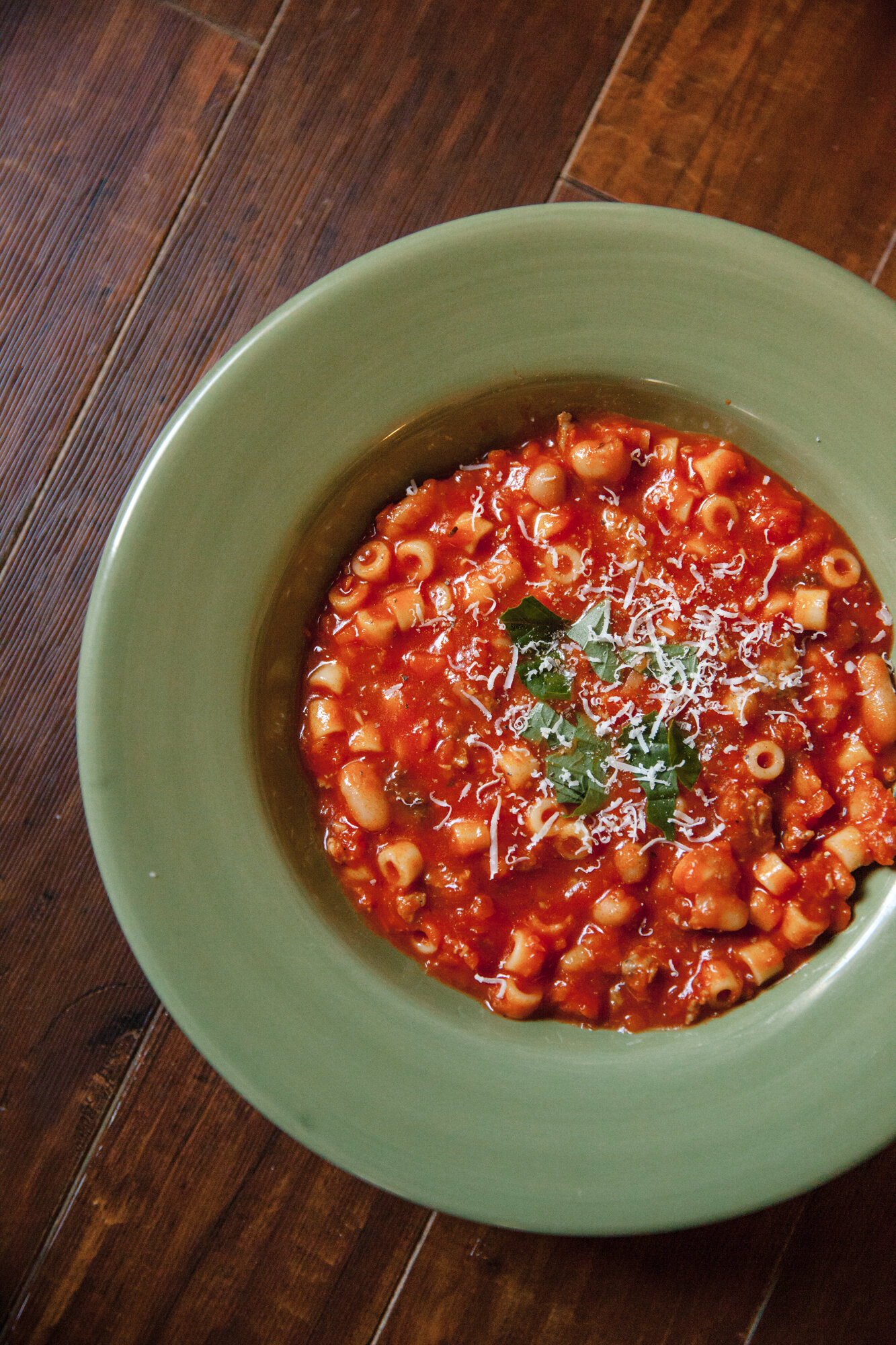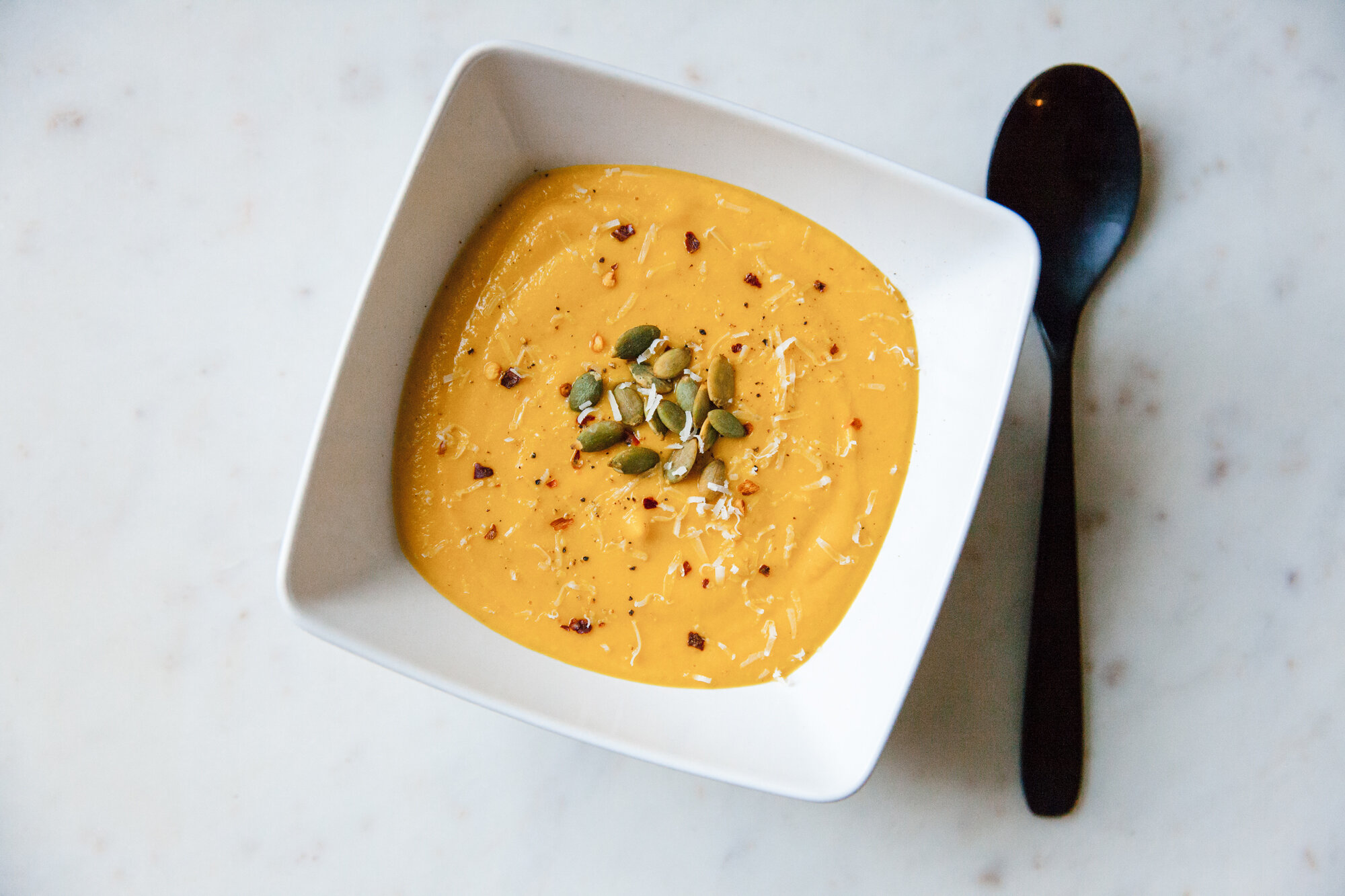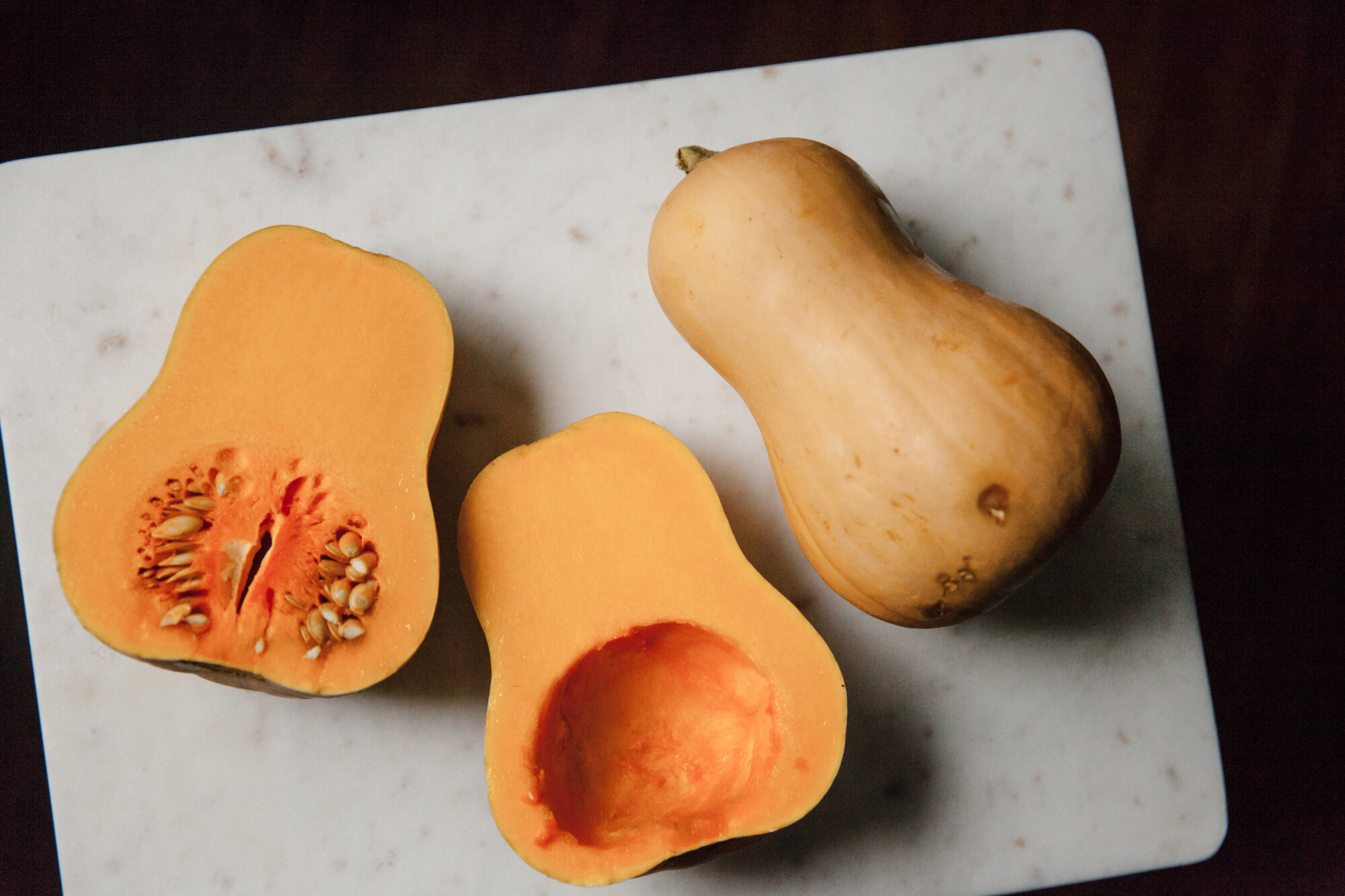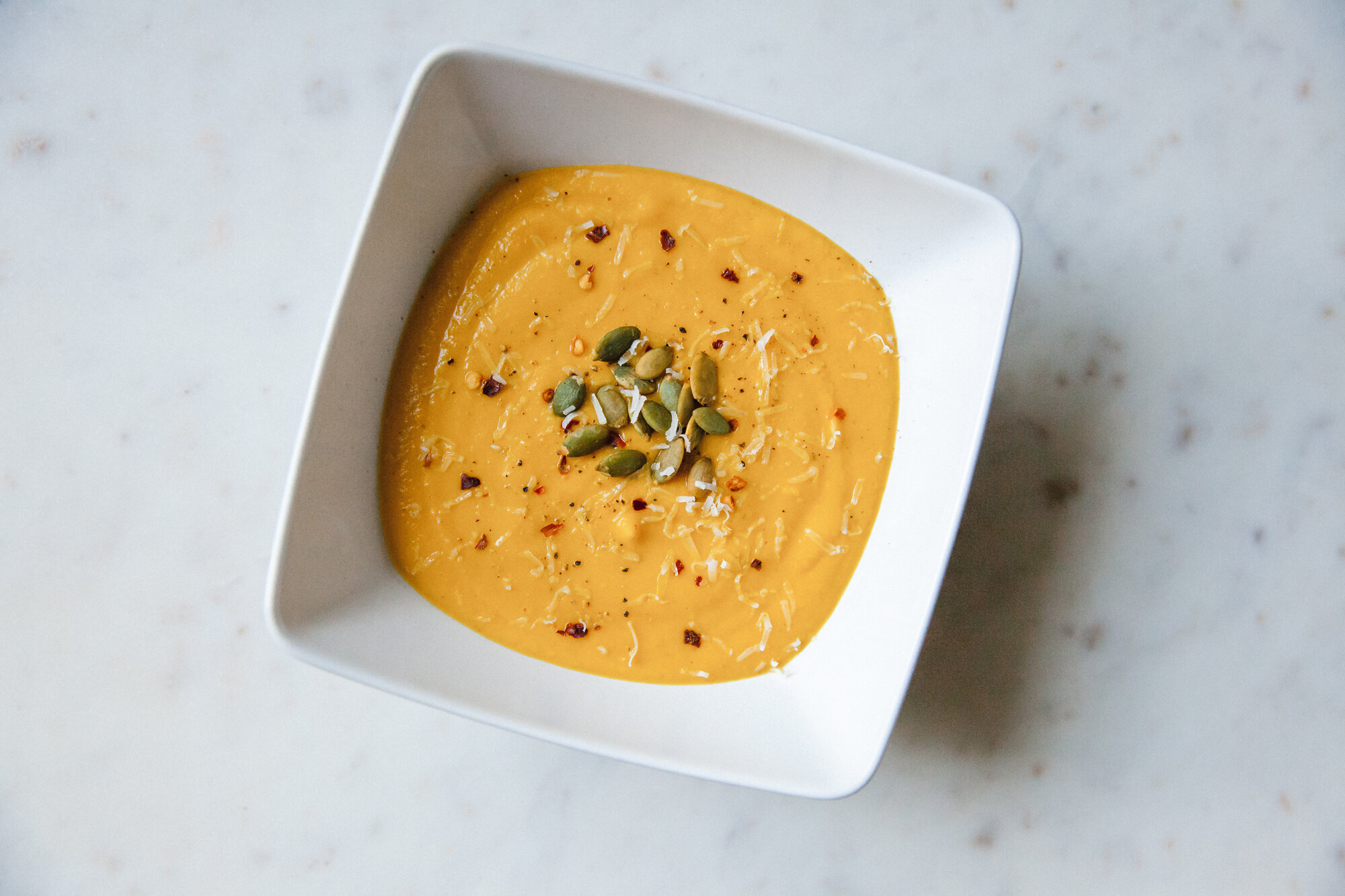Homemade Mac & Cheese
for BCLiving
June 2021
I love homemade mac and cheese. I honestly can’t remember the last time I had the boxed kind, because when I’m going to eat dairy, I’m going to do it right.
There are lots of little options to make it your own as well, from a crumbly breadcrumb top, to the variety of cheese you pick out.
And like most of the From Scratch recipes I make, you can even freeze it.
Makes ~8 servings
INGREDIENTS:
- 450g of dried pasta
- approx. 750g of high-quality cheese – equal parts of your choice
suggested/what I used: fontina, white cheddar (sharp), parmesan, low-moisture mozzarella, gruyere, (gouda, or Havarti are good choices too)
- optional: additional cheddar & parmesan for the top
- optional: breadcrumbs
- 60g of butter
- ¼ cup non-bleached all-purpose flour
- 4 cups of milk
- salt & pepper
INSTRUCTIONS:
Grate all of your cheeses so they’re ready to go when needed and place them in a glass or heat-proof bowl.
Preheat the oven to 375°F.
In a large pot of salted water, cook your macaroni or, the pasta of your choosing (ones with ridges or tubes are best to soak up the sauce. Cooking until just al dente (if the pasta finishes before the sauce is ready, drain and run under cold water to stop the cooking).
While the pasta is cooking, make the roux.
In a high-walled sauce pan, melt the butter on medium heat and let it cook for a minute or two. Then sprinkle in the flour, and whisk to combine, and cook for 2 or 3 minutes until the flour smell is gone.
Very slowly add small amounts (maybe ¼ or 1/3 of a cup) of the milk, constantly whisking to be sure there are no lumps. Do this until the milk has been incorporated, and continue whisking for a few minutes until the roux thickens.
When ready, pour the roux through a mine-mesh strainer, over top of the cheeses and then fold it in with a spatula to combine fully, and season with salt and pepper. (You can add some other spices here, like cayenne pepper, but taste first as some of the cheeses might have enough flavor already).
Toss the pasta into a casserole dish and pour the cheese over top, folding it in.
Now, you can either top the casserole with more grated cheddar and parmesan, or with breadcrumbs. Or, you know, both!
(You can freeze some in a separate container now if you’d like, so you can bake at another date.)
Bake in the pre-heated oven for 20 mins, and then rotate the dish, and bake for 20 to 25 more, until it’s golden brown and then remove it from the oven.
Let rest for about 8-10 minutes and then serve.
ENJOY!


